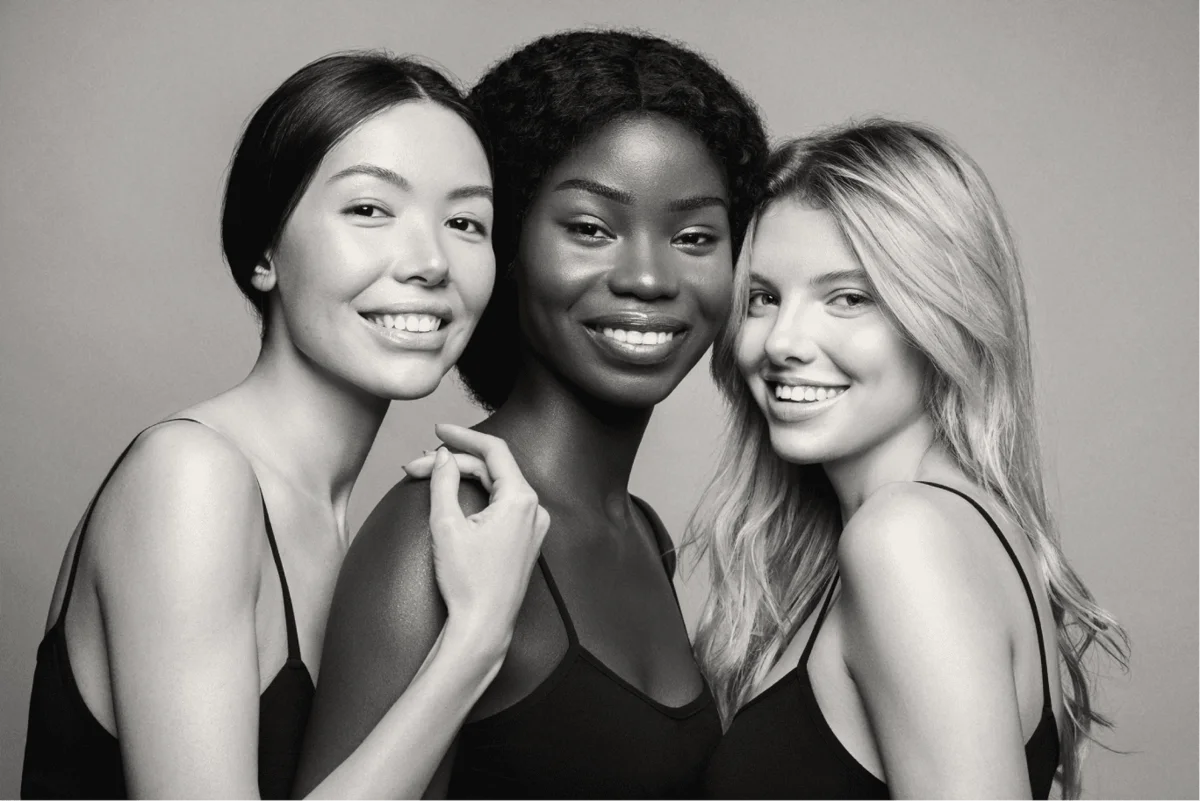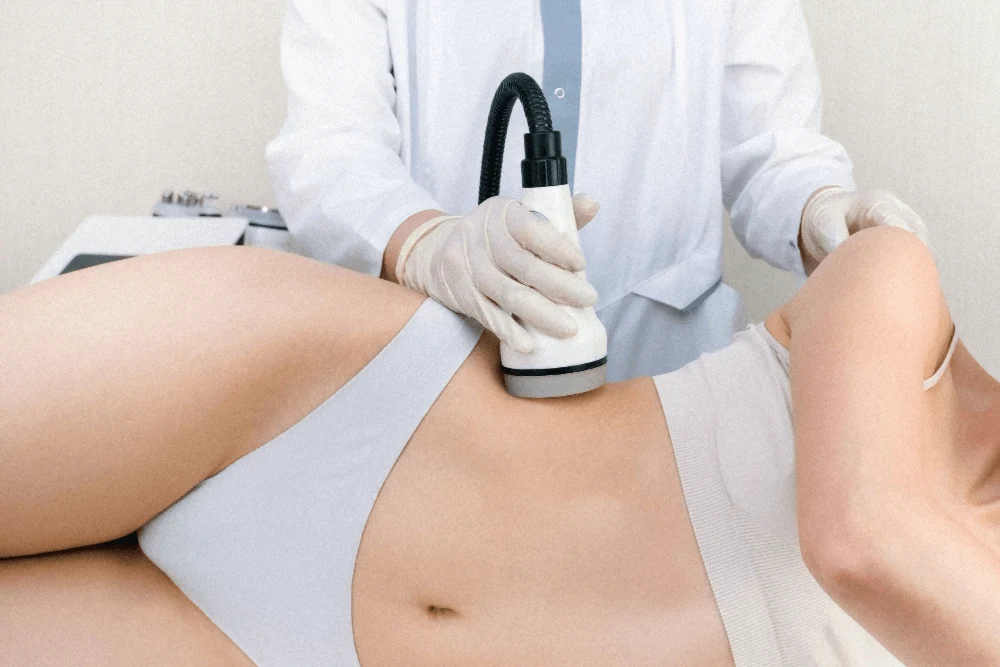





Med Spa in Leesburg, FL
Get Custom Treatment Plans
Curated For You!
Choose from Face Fillers, Sculptra, Skin Boosters & More. Unlock a Free Consultation with Every Booking.
CHECK OUT OUR
BEST SELLERS

Wrinkle Rescue: Unlimited Toxins
Skin Rescue: Skin Treatments


Body Rescue: Unlimited Contouring
OUR LOCATION
CLIENT LOVE
My Wellness Studio is the place to go! Dr. Dhanani and her team of excellent nurses Barbie and Lori have truly brought the term Medical Spa to another level. The compassion and drive they show for their patients overall wellness is an amazing experience on its own. You will learn so much about the importance of your health and wellness after just one visit. I highly recommend My Wellness Studio!!
I recently had Botox at My Wellness Studio. I’ve been getting Botox for years and I couldn’t be happier with the results and my experience! Dr. Dhanani took her time to listen to my concerns and I didn’t feel rushed. She made me feel like I was the only patient there. My results are perfect. It’s always hard trying a new injector and she put me at ease. I will definitely be back!
I had my first Preime facial at My Wellness Studio medical Spa. It was amazing! The aesthetician made me feel so relaxed and at ease. The facial included exfoliating and removing the dead skin. She used a cool tool that uses radiofrequency technology that messaged & stimulated my skin to help produce collagen. Then she infused serum that had my skin glowing for days! I can't wait until my next facial.
My experience was wonderful..talk about self healing...this is a must! The process was pleasuring, worry free. I left so relaxed! I had contemplated doing it for a year! Well I decided on 6/10/25 to yreat my Self! Glad I did! I actually fell asleep! My Health Tech was WONDERFUL! She explained everything before starting, thoughtful and gentle! So, recommend the facial! I actually looked younger around my lips! Thank you for allowing my this WONDERFUL experience!
















